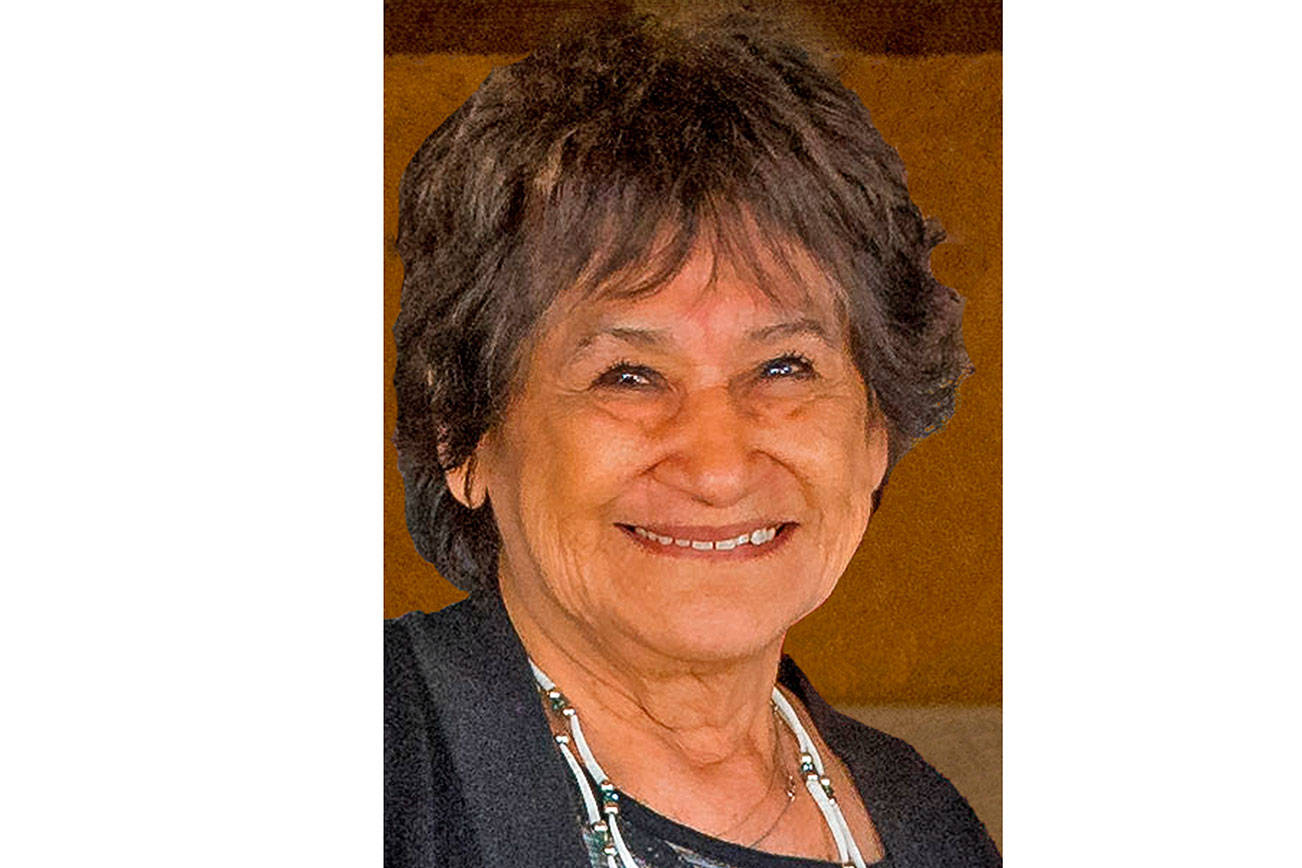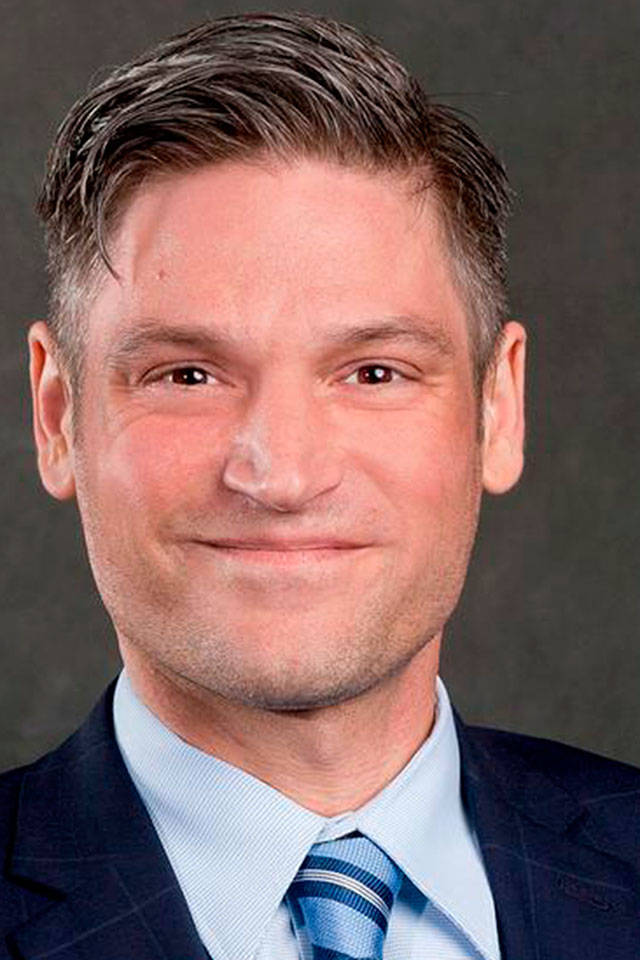If this had been a normal year, I’d say it’s been a pretty good year for ferries. If you factor in the economic climate, it’s been a fantastic year.
At a time when other public services were severely cut to cope with the recession, we broke a longstanding logjam and made our greatest progress on ferries in years. No, we didn’t solve every problem — we still lack a dependable revenue source and we need more vessels — but we’re closer to solutions in those areas than we have been in years.
More than anything else, the Legislature listened to what the public wants most — and acted on it. Instead of fancier terminals and parking lots, our focus has shifted to reliable service and boats. We know what you want most is to get where you need to get, when you need to get there.
New ferries are finally on the drawing board — four in the next four years and a fifth ferry sometime after that. The first three will be 64-car, Island Home class vessels. The fourth will be either an Island Home class or a 144-car ferry, depending on the availability of funds, and the fifth will be a 144-car ferry regardless.
We have funding for all routes, including two ferries on the busy summer Port Townsend-Keystone route — that route will get the first two of the 64-car ferries — and continued service to Sidney, B.C.
At the same time, the Legislature sent a strong message to the Transportation Commission to hold the line on ferry fares by limiting increases to 2.5 percent and adopts key efficiencies recommended by the Joint Transportation Commission. Though the commission has also proposed an additional, temporary 10 percent increase for infrequent riders for the summer of 2010, it would not apply to regular riders who purchase tickets by the book.
Washington State Ferries Director David Moseley deserves no small amount of credit for the fresh change in direction. Moseley came to the ferries last year with open ears, riding the ferries to talk with passengers and attending public meetings to hear ferry riders’ concerns directly — and then acting on them. His winning the Governor’s Award for Leadership in Management this year was richly deserved and should not have surprised anyone who has been paying attention to the ferries since Moseley was appointed.
I am particularly pleased to see the transparency and accountability Director Moseley has brought to ferry management. Under him, cost assumptions have become more realistic and projections more accurate. Moreover, we will see a return of $1,398 for every dollar spent on a two-year study by the Cedar River Group that identified ways to save costs over the course of the ferries’ long-range plan. The study identifies $1.3 billion in savings over 16 years by streamlining operations and improving pricing.
Best of all, given our lean funding, our progress on ferries has won the support of lawmakers at the federal level. Just last week, U.S. Sen. Patty Murray announced the dedication of $8.36 million in federal stimulus funds for Washington state’s ferry docks and terminals. And while that isn’t as much money as we’d hoped, it’s still a big help and relieves the pressure to find a source for those funds locally.
The federal funding includes:
• $2.6 million for a passenger-only fast ferry prototype for the Seattle-Bremerton run;
• $2 million for a passenger-only fast ferry for the King County Ferry District;
• $3 million to replace the Anacortes ferry terminal; and
• $750,000 to build a new terminal with expanded customer service for the Skagit Guemes Island ferry.
On another front, we have approved a pilot program to explore the feasibility of a ferry reservation system. I’ve heard from many people who consider this a topic of no small controversy, so let me assure you of three things:
• First, reservations are far more idea than reality. At this time we are only exploring a plan to create a trial project on a single ferry run (Edmonds/Kingston) to see if users like the concept.
• Second, we realize that even if reservations work out for some communities, they may not work for others. So even if reservations prove popular in some communities, other communities that do not like the idea will not have to adopt it.
• Third, any decisions that are made will be guided by public input. Not every run will have reservations if the pilot project is successful. We will be examining the unique needs of every run in the system as well as hearing the opinions of riders.
All in all, these changes reflect the positive results of a lot of hard work over the last several years by the Legislature, the Department of Transportation and the governor. As a result, I’m very happy to report that, for the first time in years, I see a better future for our ferries and everyone who depends on them.
Sen. Mary Margaret Haugen, D-Camano Island, chairs the Senate Transportation Committee and represents the 10th Legislative District composed of all of Island County and parts of Snohomish and Skagit counties.



